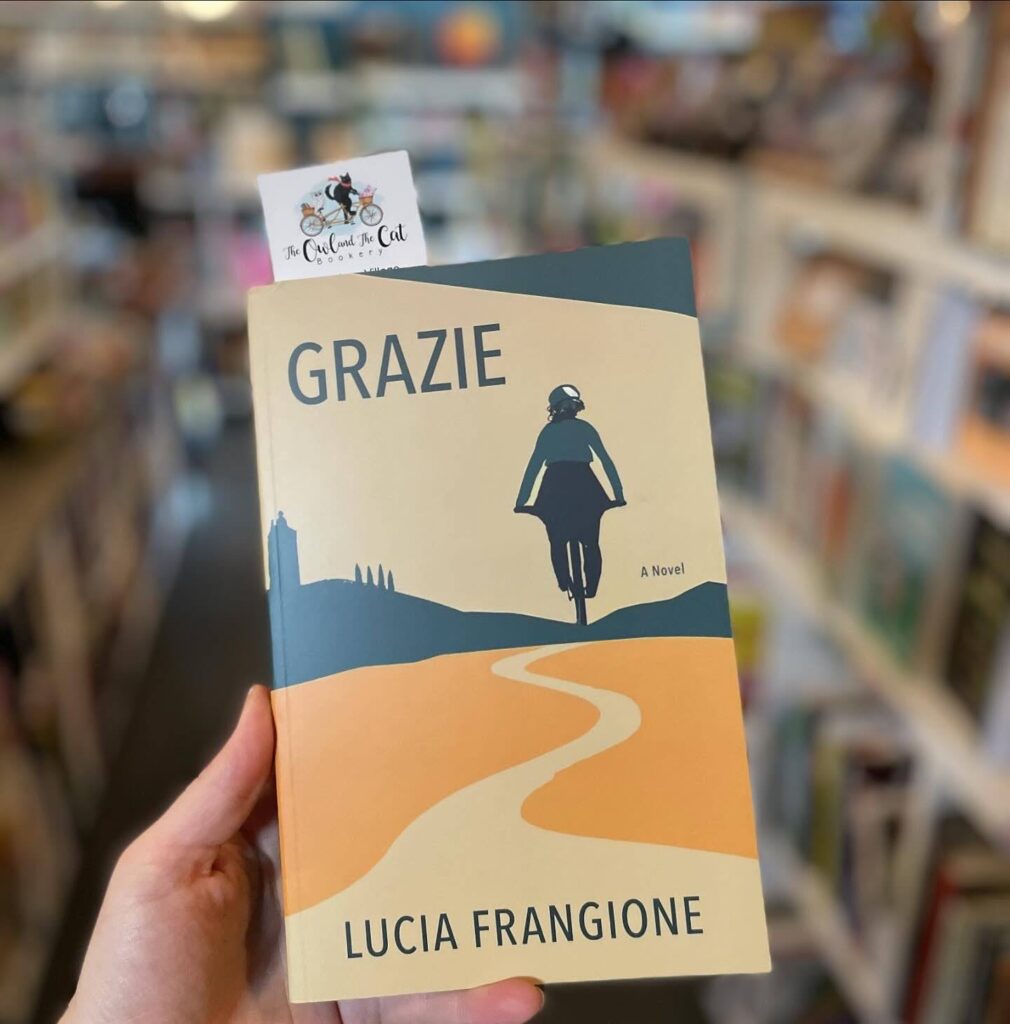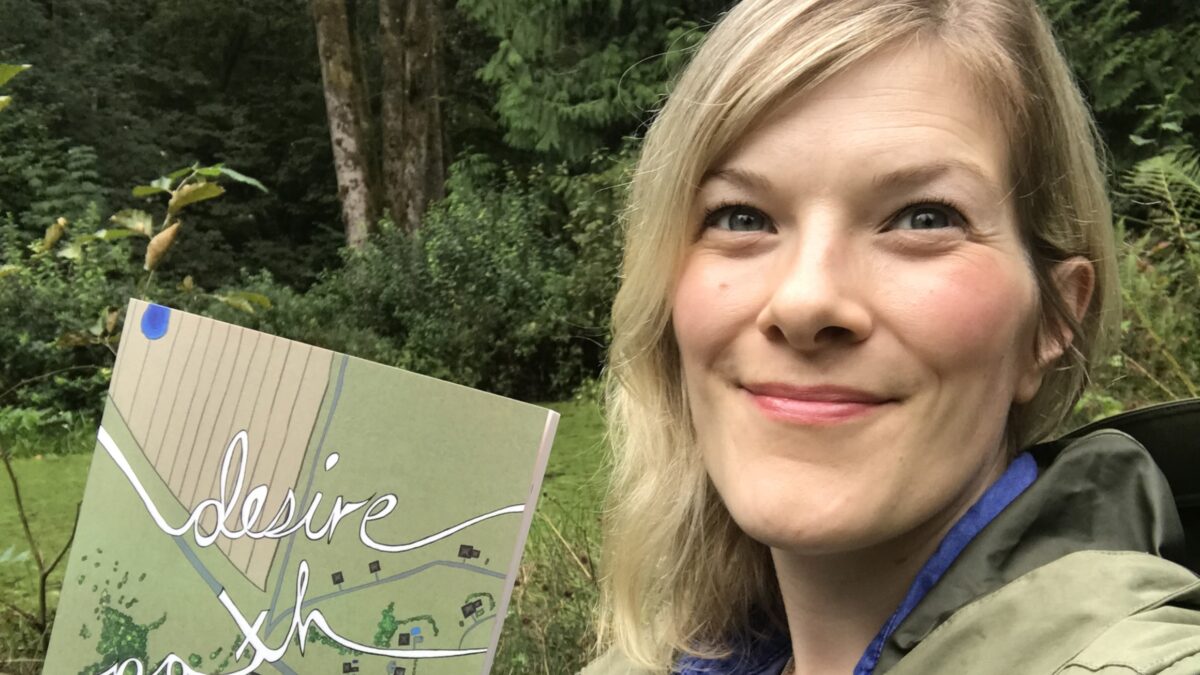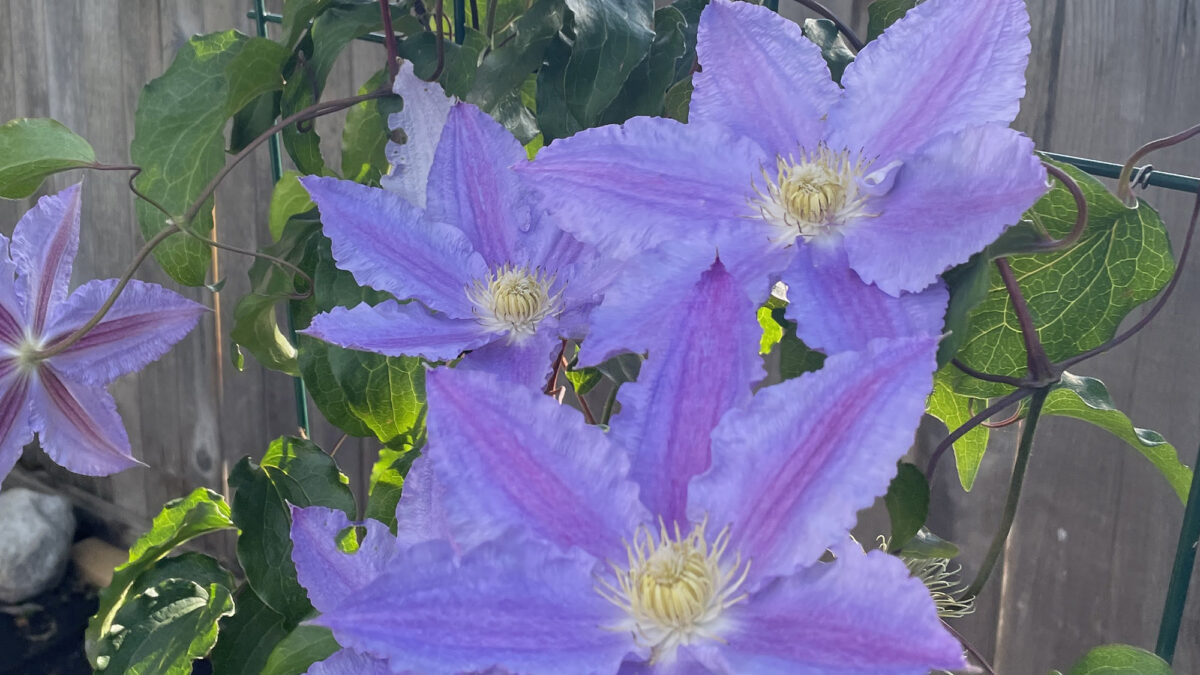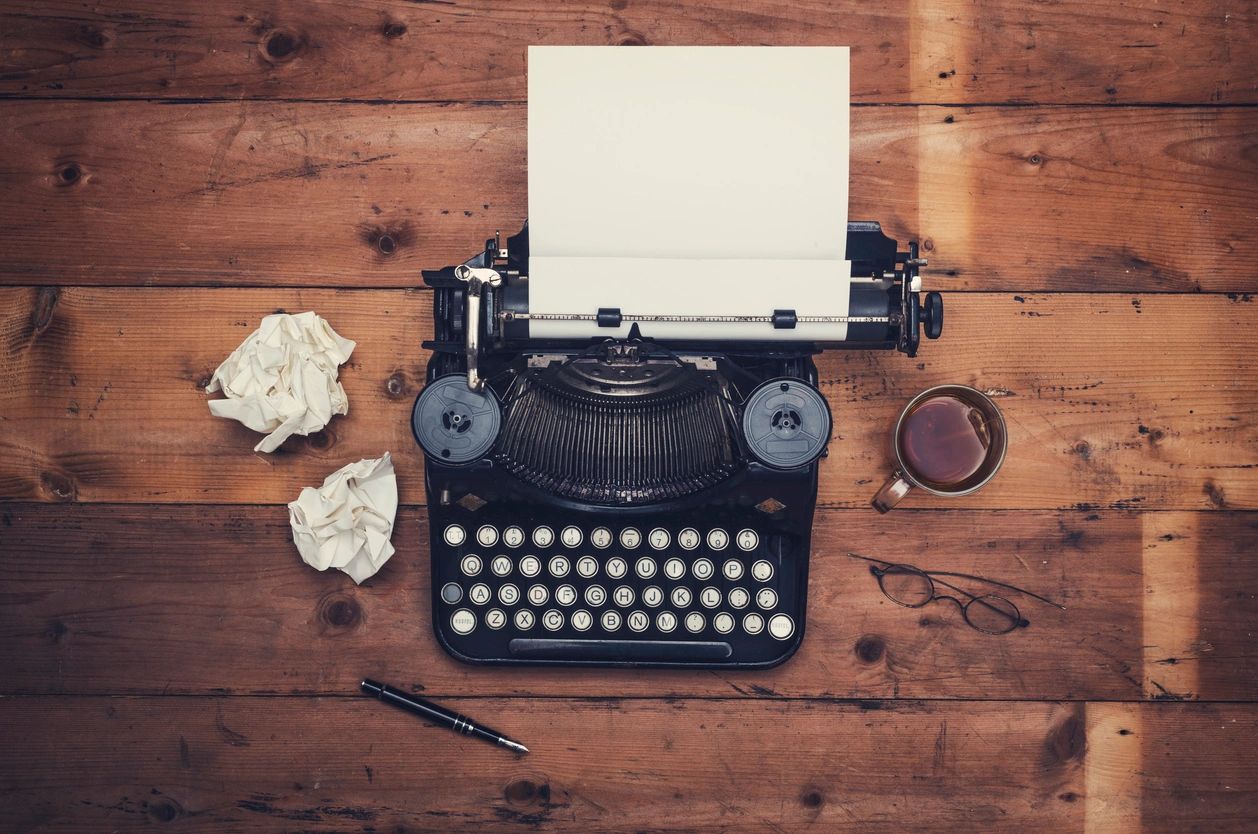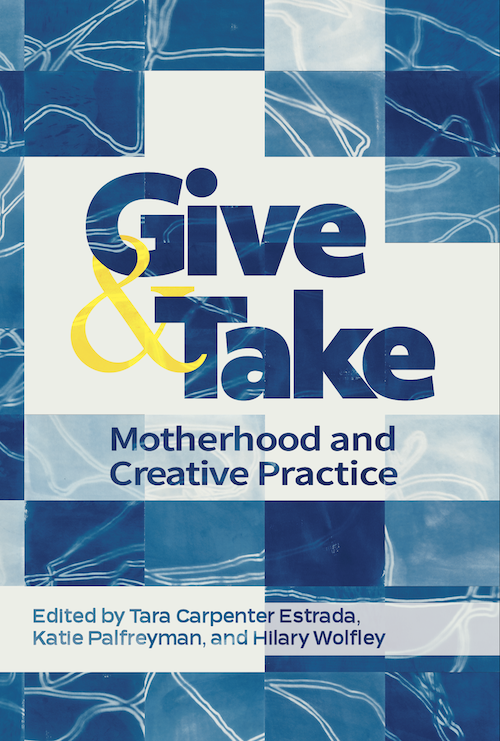The term “indie” author means different things to different people. In this post, I’m thinking of indie author as someone who publishes with smaller, independent presses, otherwise known as indie presses.
Last week I prepared a few graphics for social media to share the cover of my debut novel, The Very Good Best Friend. It was an exciting moment to post this cover, which I adore, and to share a few words about the premise of the book with my followers, who are mostly friends, family, and people who know me personally.
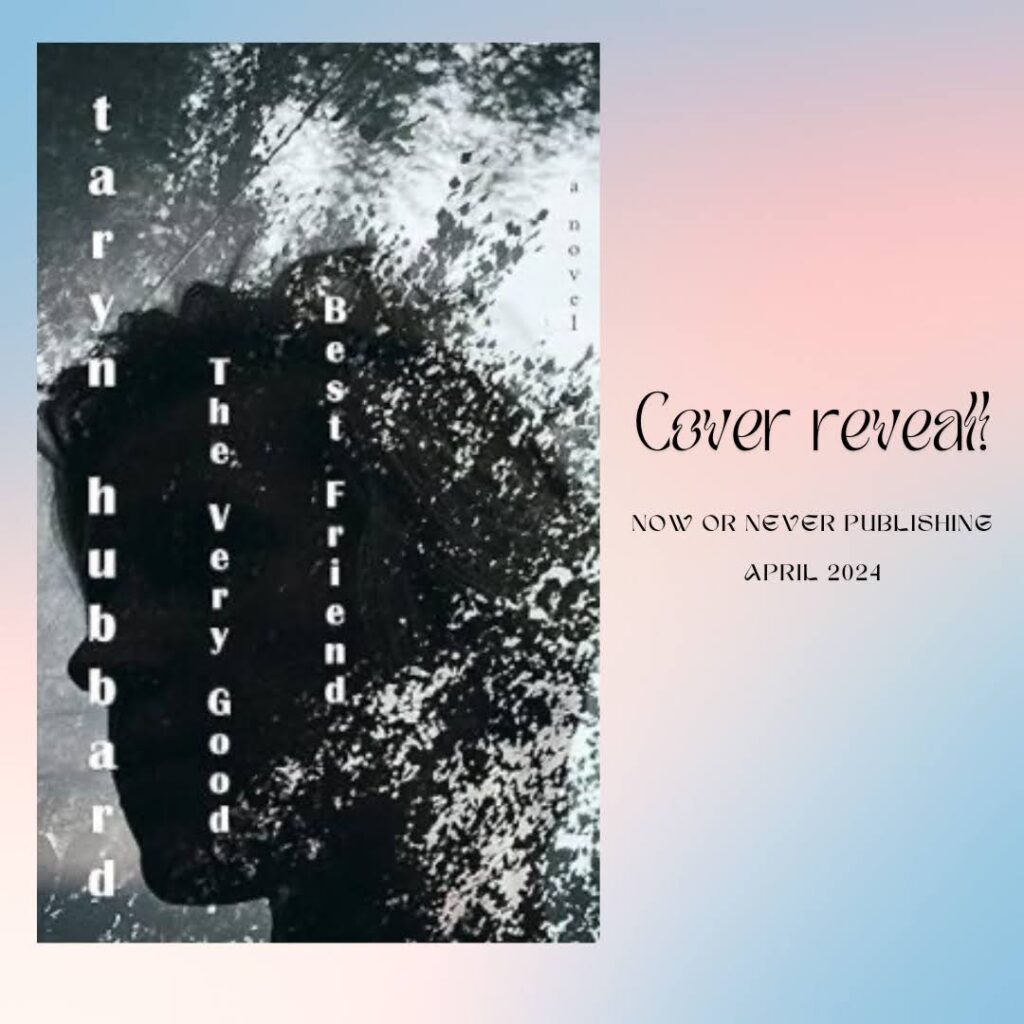
The experience got me reflecting about my journey as a writer who has had the opportunity and good fortune to publish with independent presses in Canada.
Here is what I’ve learned so far about writing as an indie author:
#1: Write (and Edit!) the Weird Thing
My first poetry collection, Desire Path, took many years to write. By the time it was published, I felt like I had been working on those poems for close to a decade. I’m not sure if it was quite that long, but the poems felt like they were a part of me. This is to say that I spent a lot of time with that work. Poems from this collection were with me during different seasons of my life and, yet, I still felt energized by them as I crafted and refined them into a collection. I wasn’t writing what I thought someone should write, I was writing what I wanted to write. In Desire Path, I wrote about my specific experience in a specific community in British Columbia. When I read the poems now, I can still remember parts of my old neighbourhood and my old life, the things I saw, the places I visited, and how I interpreted the environment. As a reader, I like learning about other people’s neighbourhoods in this way. In fact when I travel I will seek out a very local or regional literary book, just to know what the poets are saying about the place (because it’s always much more interesting than any generic tourist pamphlet).
I was lucky to connect with a publisher that regularly publishes local perspectives on place and experience called Talon Books. Independent publishers are vital for their work bringing local and regional culture to a broader audience.
So write the weird thing. Pursue the project that excites and fuels you as a writer and a thinker, as a storyteller, because you will be spending more with those words, in that world time than you realize.
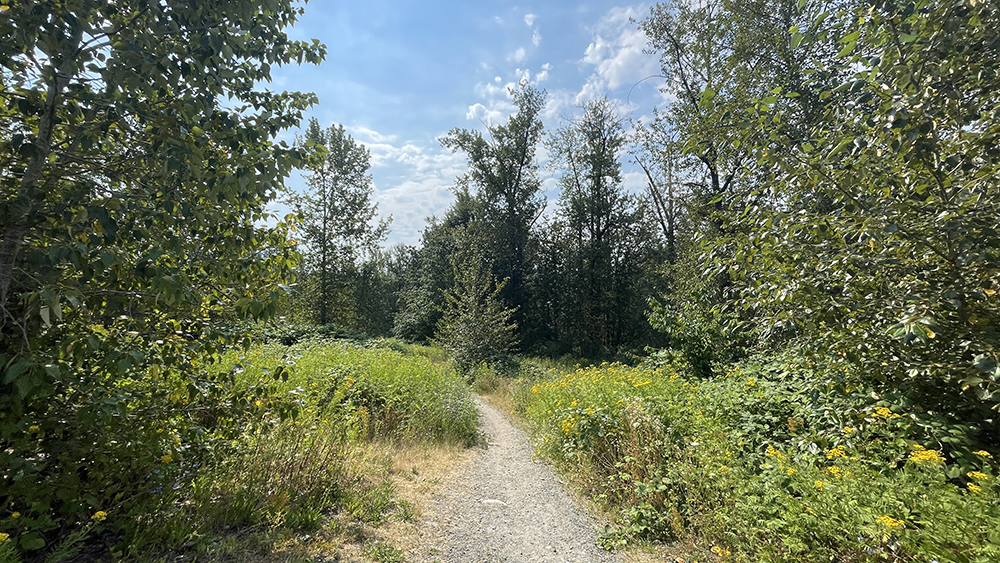
#2: Develop Your Publicity Chops
DIY Publicist? It’s not the first hat you think you’ll need to wear when you become an author, but it doesn’t hurt to start framing your writing through a publicity and marketing lens. In fact, once you have your manuscript in a solid place (don’t rush this and share it with beta readers if you can for feedback), the process of explaining and positioning your work begins and, honestly, it never really ends.
There are several key aspects of publishing with indie presses that will require you to start thinking like your own publicist. The first being your query letter. This is a one-page document that serves as your pitch to the editor where the intention is to pique their interest so they will read your sample pages and ask to see your full manuscript. A key component of the query letter is sharing your book’s hook. A hook grabs a reader’s attention, compelling them to flip page after page. Maybe you have known what your hook is from the moment you hit the keyboard or maybe you need time to really hone in on what it is. Think it through, as the essence of this hook will serve you as you develop and refine your publicity strategy.
Below is an example from my debut novel:
Carolyn sets out on a harrowing journey to rescue her best friend from an abandoned, desolate mall in the countryside, only to uncover deeper and darker secrets hidden within its decaying walls.
One-line description of The Very Good Best Friend
Once you have a signed contract with an indie press, one of the first things they will often send you is an “author questionnaire.” This questionnaire is your opportunity to share details about your biography, your platforms, and your book with your publisher. The content you share in this questionnaire is important and serves as the basis for many aspects of your book like cover copy, descriptions, marketing approach, etc. Take the time to fill it out as best you can, but don’t feel bad about not having a huge platform or many industry connections. We all have to start somewhere!
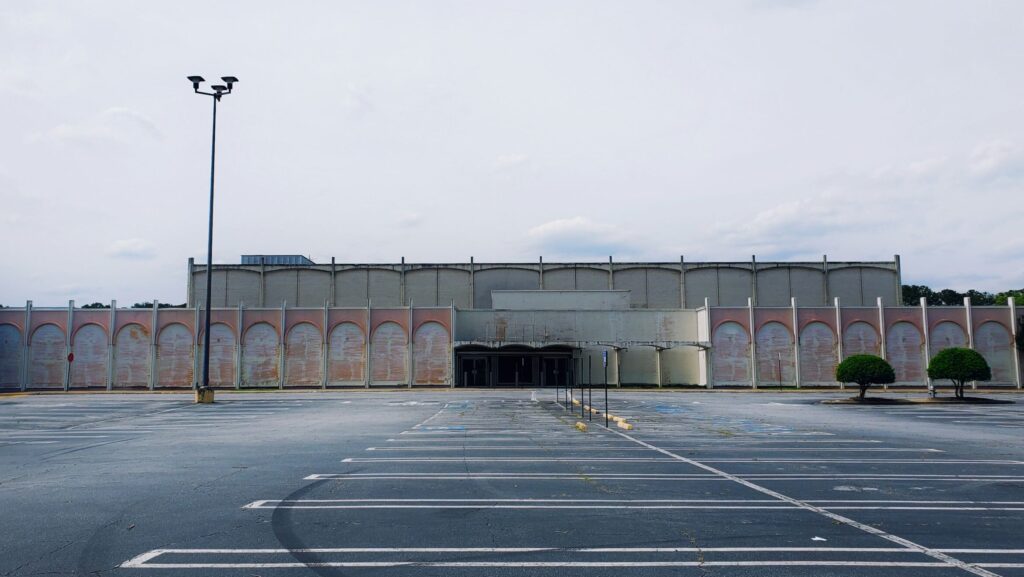
#3: Bet On Yourself
Indie authors need to bet on themselves. What this looks like is different for everyone. To me, it means finding time to write even though every part of my life is drastically pulling me in the opposite direction. By giving myself the consistency and space for my writing practice, by prioritizing writing, I am betting on myself. Over the last few years, I’ve had a mind shift in how I think about writing. It’s not a hobby. It’s my business. No, I don’t make much money from this business, but I have come to treat it like my business because it’s how I keep myself accountable. I invest in my business by giving it time. I research my business by reading books and following what’s being published. I plan my business by giving myself reasonable deadlines to get my writing projects finished and sticking to them as much as I can. I define my goals to keep my practice on track. No one can do this, but me.
Betting on yourself is more than just believing in yourself, it’s about understanding that no one can do it for you. It’s about understanding that going from initial idea to finished manuscript is not easy, but you will see it through because you need to.

#4: Take Time to Celebrate Your Wins
Writing is solitary work. It can take a long time to draft and re-draft and draft and re-draft a work. Taking the time to celebrate a milestone is a good habit. It doesn’t have to be a big celebrationg, maybe it’s a walk in your favourite space or a coffee at your local.
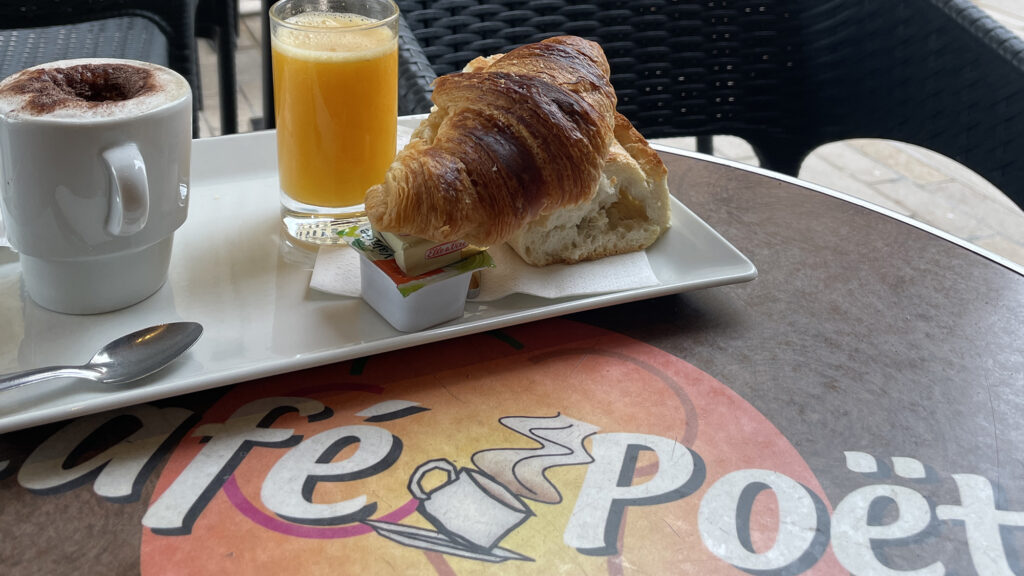
#5: Support Indie Presses and Indie Authors
Buy and read books from fellow indie authors to support them and the presses that publish them. Beautiful stores and fantastic stories, it’s a wonderful combination.
